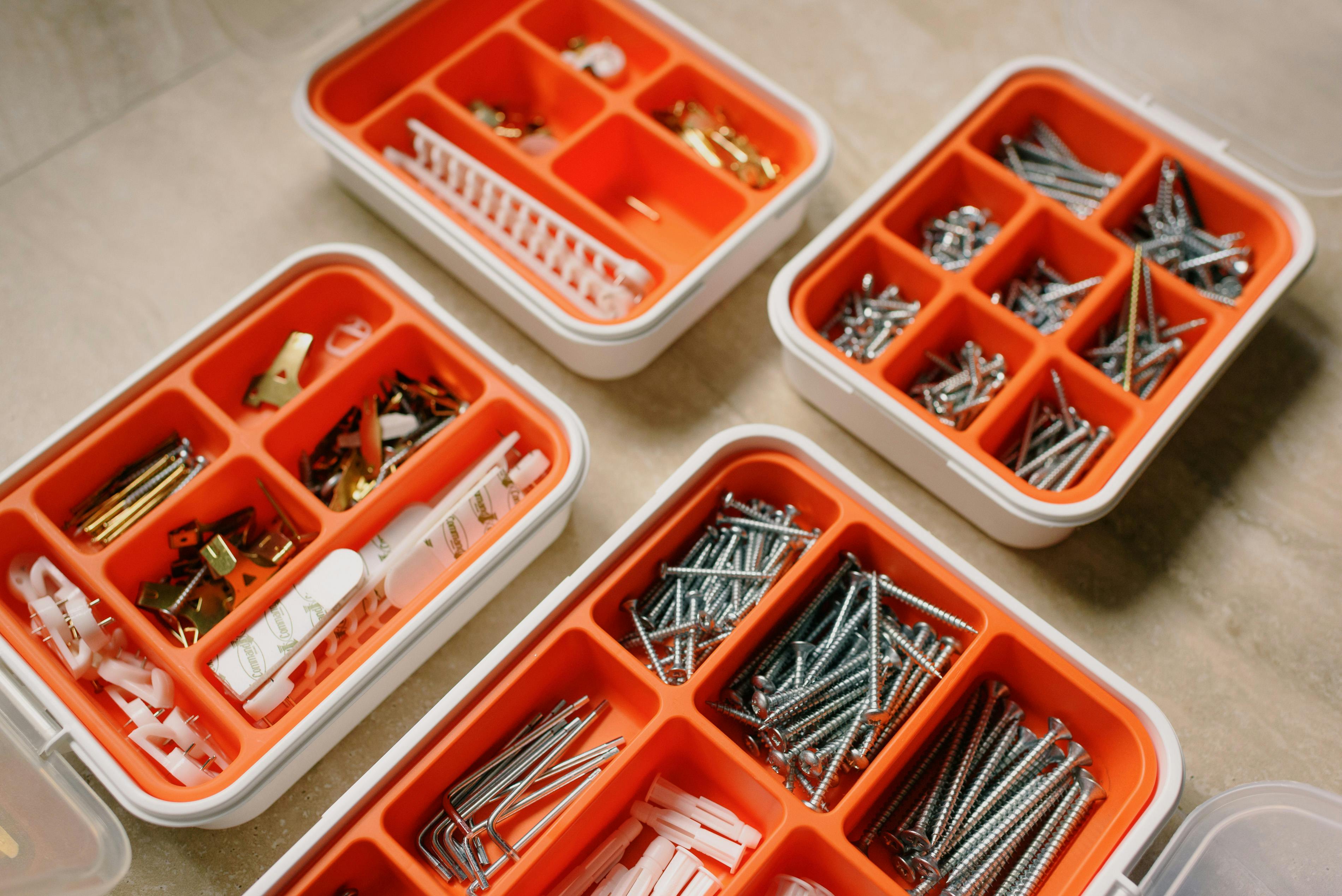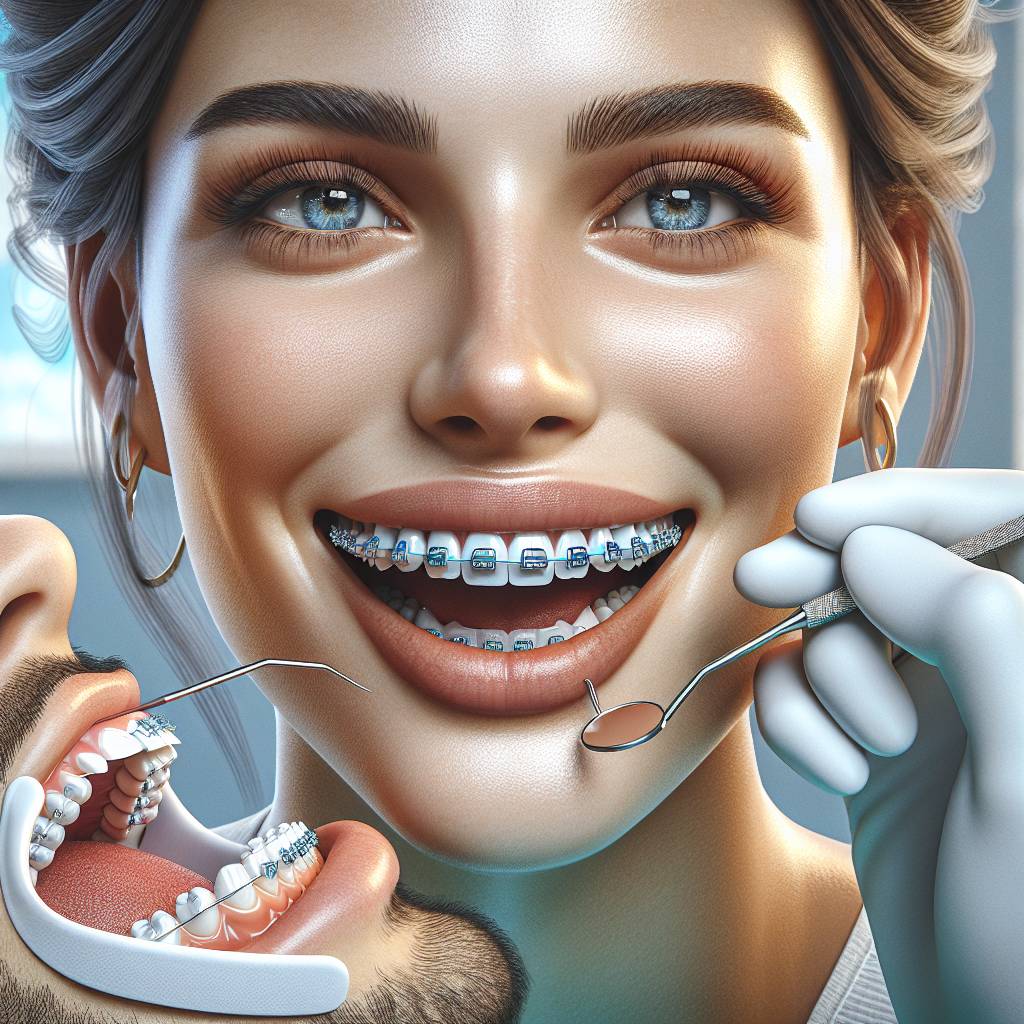Having misaligned teeth can not only cause physical discomfort but can also have a significant impact on your self-esteem. Fortunately, there are several options available to help fix misaligned teeth and restore your beautiful smile. In this article, we’ll explore some of the most common methods for correcting misaligned teeth, including orthodontics and restorative dentistry. We’ll also discuss the potential cost and recovery time associated with each treatment option. With the right treatment plan, you can have a straight, healthy smile in no time!Misaligned teeth is the term used to describe a condition in which the upper and lower teeth do not meet properly when the mouth is closed. This can be caused by any number of factors, such as genetics, thumb sucking, or an injury to the mouth. Misaligned teeth can cause difficulty with proper chewing and speaking, and in some cases, may also lead to an increased risk of tooth decay and gum disease. Treatment for misaligned teeth typically involves orthodontic braces or clear aligners.
Misaligned Teeth
Misaligned teeth can have a significant impact on your overall oral health. It can lead to problems such as an improper bite, difficulty with chewing, and overcrowding of teeth. It can also cause difficulty with speech and can even lead to gum disease in some cases. If you suspect that your teeth are misaligned, there are several ways to tell.
The most obvious sign of misaligned teeth is if the top and bottom rows of your teeth don’t line up properly when you bite down. If one or more of the top teeth are in front or behind the corresponding bottom tooth when you close your mouth, then you likely have misaligned teeth. You may also notice that gaps between your front teeth appear wider than usual or that some of your back teeth overlap when you look in the mirror.
Another indicator of misaligned teeth is if it takes more effort to chew than it used to. If you find yourself having to work harder to chew certain foods, then it could be because the way in which your top and bottom sets of teeth fit together isn’t allowing you to effectively break up food particles as they enter your mouth.
If you’re still unsure whether or not you have misaligned teeth, it’s best to schedule an appointment with a dentist so they can take a look and make sure everything is in order. They will be able to provide a diagnosis and recommend any treatment options that may be necessary for correcting the alignment of your teeth.
Misaligned Teeth
Misaligned teeth, or malocclusion, is a common dental condition that occurs when the upper and lower teeth do not align properly. Misaligned teeth can cause pain, discomfort, and can affect a person’s appearance. Many different factors can contribute to misaligned teeth, including genetics, habits such as thumb sucking, and dental trauma.
Hereditary Factors
Genetics play a major role in the development of misaligned teeth. If one or both parents had misaligned teeth when they were young, it is likely that their children will also develop malocclusion. Genetics usually are the primary cause of overcrowding or spacing issues in which there is too much or too little room in the jaw for all of the adult teeth to come in correctly.
Thumb Sucking
Thumb sucking is a common habit among young children that can have lasting effects on their oral health. When a child sucks their thumb for an extended period of time, it can affect the alignment of their teeth and jaws as they grow up. This pressure from thumb sucking can push the front teeth outwards or prevent them from growing in properly.
Dental Trauma
Dental trauma can occur due to an accident or injury and may cause misalignment of the teeth and jaw. Trauma to the face or mouth can cause fractures or displacement of the jawbone and result in misaligned teeth over time. Dental trauma may also damage existing tooth structure such as enamel which contributes to malocclusion as well.
Does Misaligned Teeth Affect Oral Health?
Yes, misaligned teeth can have a significant effect on oral health. When the teeth are not properly aligned, it can make it difficult to brush and floss, leading to an increased risk of tooth decay and gum disease. Poorly aligned teeth can also cause wear and tear on the jaw joints, leading to muscle strain and headaches. Furthermore, misalignment of the teeth can cause speech impediments and difficulty in eating certain foods.
Poorly aligned teeth can also lead to an unaesthetic smile which can affect self-confidence. Dental appliances such as braces or clear aligners can be used to straighten the teeth and improve both the aesthetics and function of the mouth. Treatment options vary depending on the severity of misalignment, but all treatments are designed to improve both oral health and overall quality of life.
Treatment Options for Misaligned Teeth
Misaligned teeth can be an aesthetic concern for many people, but they can also be a source of physical discomfort such as jaw pain and difficulty chewing. Fortunately, there are many treatment options available to help address misaligned teeth and improve the overall look of your smile.
The most common treatment option is orthodontic braces. Braces are a type of dental appliance that helps to gradually and gently move teeth into the desired position. Depending on the severity of misalignment, traditional metal braces or invisible aligners may be used. Orthodontic treatment usually takes several months to complete, but is very effective in correcting misalignment issues.
In some cases, crowns or veneers may be used to improve the appearance of misaligned teeth without requiring orthodontic treatment. Crowns are designed to cover the entire visible surface of a tooth, while veneers are thinner and cover just the front surface. Both types of dental restorations can help to mask minor misalignments and improve the overall look of your smile.
Surgical treatments are also available for more severe cases of malocclusion (misalignment). In these cases, oral surgery may be necessary to correct any anatomical discrepancies that may be contributing to the alignment issue. For instance, jaw surgery can help realign jaws that are not properly aligned with each other or with the teeth in them.
Finally, there are also non-surgical approaches that can help address misaligned teeth without having to use braces or other treatments. For example, nighttime retainers and clear aligners are designed to gently move teeth into place over time without using surgical interventions or traditional metal braces.
Regardless of which treatment option you choose, it’s important to have regular check-ups with your dentist in order for them to monitor your progress and make sure everything is progressing as planned. With proper care and maintenance, you should have no problem achieving a straighter smile in no time!

Can I Fix My Misaligned Teeth Without Braces?
In some cases, it is possible to fix misaligned teeth without braces. This depends on the severity of the misalignment, the desired results, and the individual’s lifestyle. Before making any decisions, it is important to consult with a dentist to determine what is best for you.
In mild cases of misalignment, less invasive options such as clear aligners or dental bonding may be used to correct minor issues. Clear aligners work by gradually shifting teeth into their desired position over time. In order for this method to be successful, they must be worn for a minimum of 22 hours each day and replaced every two weeks or so until the desired effect is achieved. Dental bonding works by using a composite resin material applied directly onto the tooth and shaped accordingly to create a natural looking result.
In more severe cases of misalignment, traditional braces may be necessary in order to achieve the desired results. Traditional braces are metal brackets that are attached to your teeth in order to apply pressure and move them into their proper alignment over time. This method is more effective than clear aligners or dental bonding in correcting major issues such as an overbite or underbite.
It is important to note that there are risks associated with any type of dental procedure, including those used for correcting misaligned teeth without braces. Therefore, it is important that you consult with your dentist before making any decisions about your treatment plan. Your dentist will discuss all available options and help you make an informed decision about which option best suits your needs and lifestyle.
What Is the Best Way to Fix My Misalign Teeth?
Misaligned teeth can be both an aesthetic and functional problem. Fortunately, there are a variety of options available for correcting misaligned teeth, depending on the severity of the misalignment. Invisalign is one of the most popular treatments for mild to moderate misalignment of teeth, as it is easier and more comfortable than traditional braces. This treatment uses clear plastic aligners that are custom-made to fit your teeth and gradually move them into their proper position.
Other treatments include porcelain veneers and dental bonding which can be used to improve the appearance of crooked or gapped teeth. Veneers are thin layers of porcelain that are attached to the front surface of the teeth, while dental bonding uses a composite resin material to reshape and restore your smile. Both these treatments give you a natural looking smile in a relatively short period of time.
For more severe cases of misaligned teeth, traditional metal braces may still be the best option as they provide more control over tooth movement than other treatments. Braces also allow orthodontists to correct bite issues such as overbites or underbites that cannot be addressed with other treatments. It’s important to consult your dentist or orthodontist for an assessment and recommendation on what type of treatment is best for your situation.
Overall, there are many solutions available for fixing misaligned teeth, so it’s important to find out which one suits you best. With careful planning and regular visits to your dentist or orthodontist, you can have a healthier and more attractive smile in no time!
How Much Does Fixing My Misalign Teeth Cost?
The cost of fixing misaligned teeth depends on the complexity of the treatment required. In general, the cost of braces can range from £1,500 to £8,000 or more depending on the type and length of treatment. Other treatments such as Invisalign® can cost between £3,000 and £7,500.
In terms of traditional braces, there are several different types available such as metal braces, ceramic braces or lingual braces. Each type has its own associated cost which will depend on the complexity of your individual case. Orthodontic treatments typically last between 18 months and three years, so it’s important to factor in these costs when considering treatment options.
It’s also important to remember that orthodontic treatments are not just about aesthetics; misaligned teeth can lead to oral health problems if left untreated. If you have any concerns about your teeth then it’s best to speak to a qualified orthodontist who will be able to advise you on the best course of action for your individual case.
At the end of the day, it is important to remember that fixing misaligned teeth is an investment in your future oral health and should not be taken lightly. The cost of treatment may seem high but investing in yourself now could save you from costly dental treatments further down the line.

Conclusion
Fixing misaligned teeth requires a lot of effort and patience. Depending on the severity of the misalignment, orthodontic treatment can be used to move the teeth into a better position. Orthodontic treatment may include braces, clear aligners, retainers, or other appliances. Additionally, preventative measures such as mouthguards and regular dental checkups can help to reduce the risk of misalignment in the first place. Ultimately, it is important to take care of your teeth and stay on top of your oral health to ensure that your smile remains healthy and aligned.
Overall, there are many ways to fix misaligned teeth. Whether you opt for braces or Invisalign, a combination of preventive measures and timely orthodontic treatments can help you achieve a more beautiful smile in no time.

